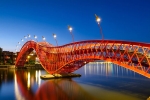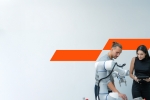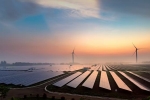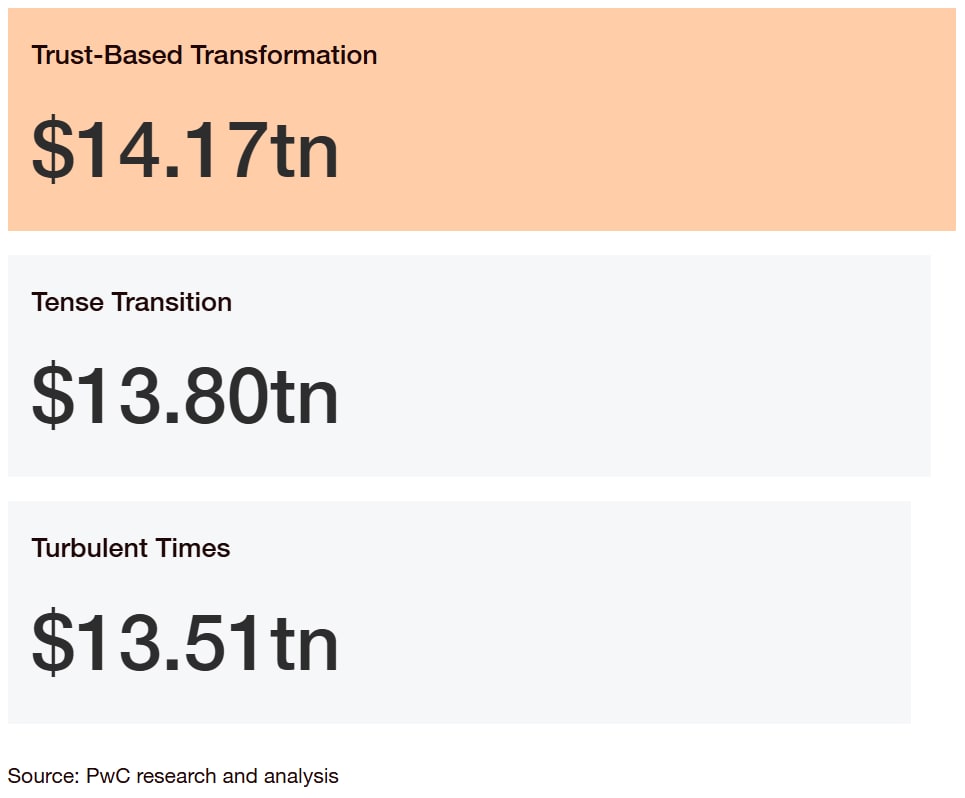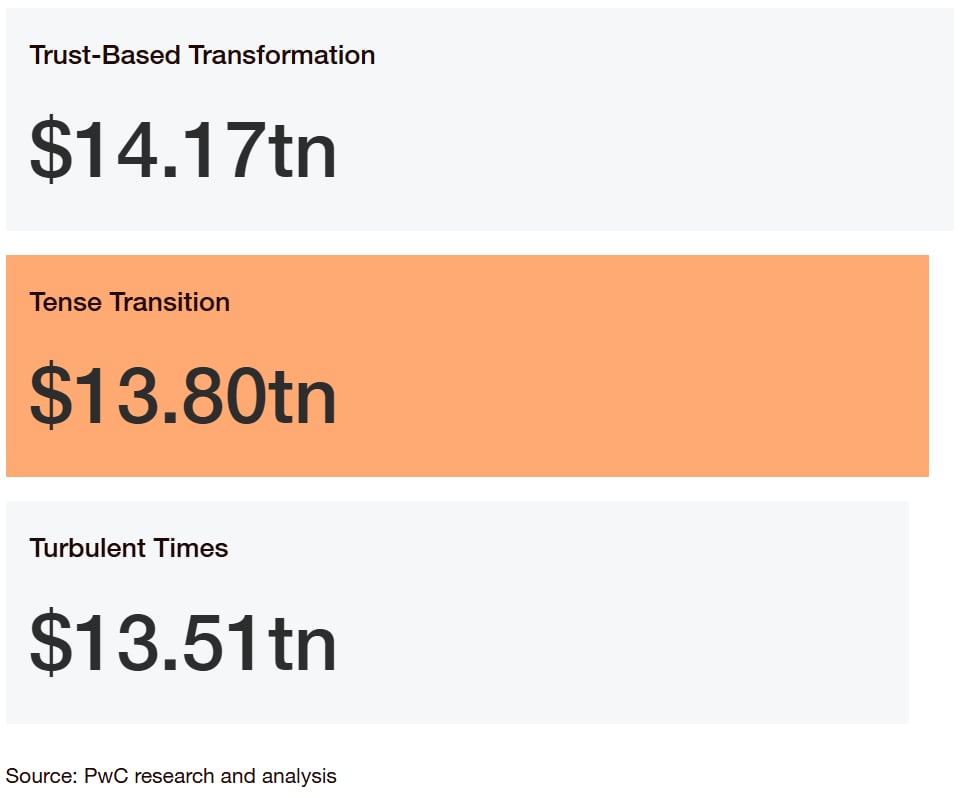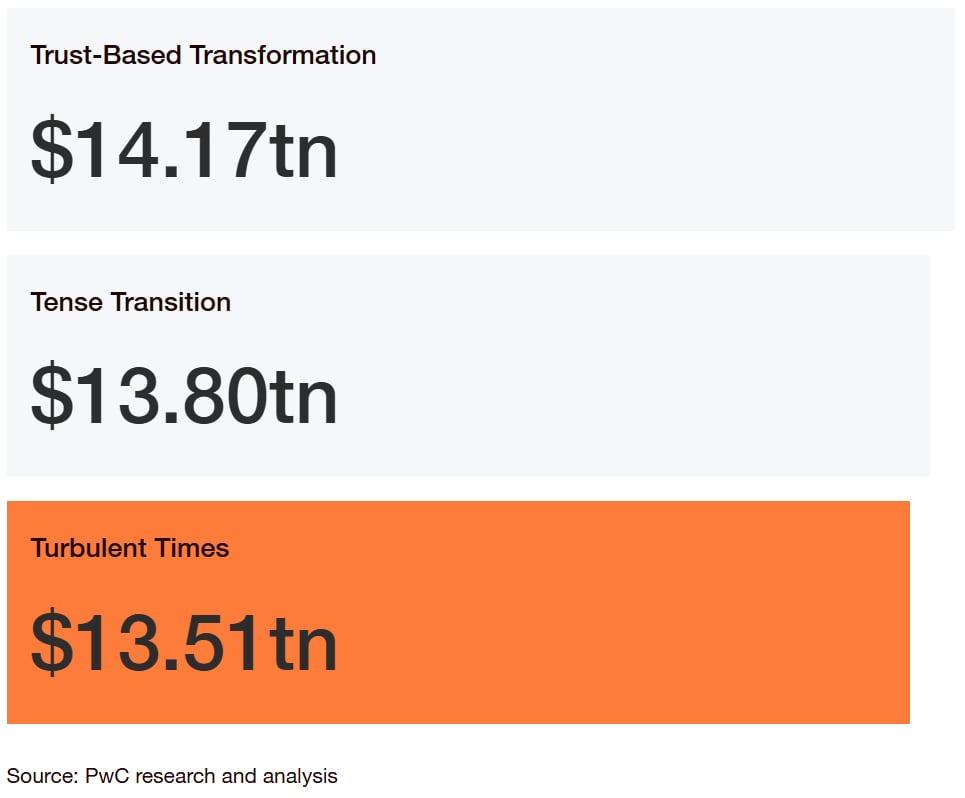Our need for places to live and work is growing—and changing. To meet it, industries are converging on innovative ways to build.
How we build
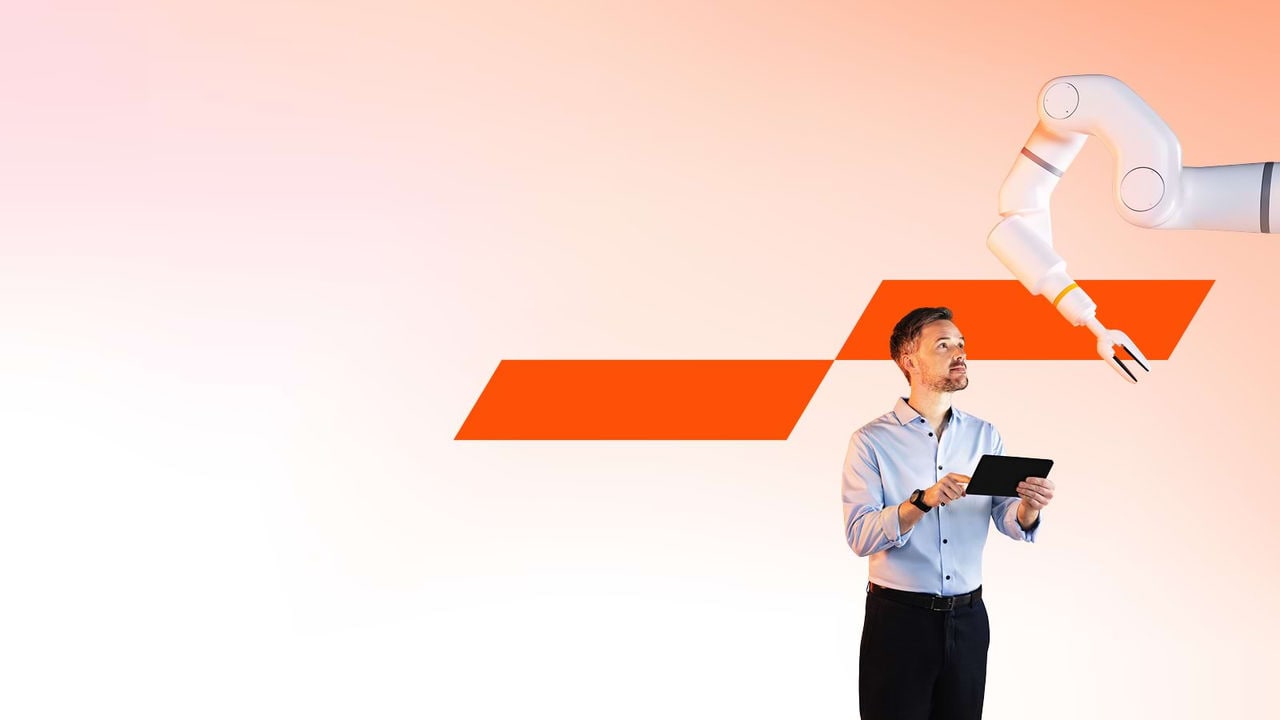
Constructing the future means reimagining the way we build
Until recently, the companies building the structures and cities where we live, work, meet and play have competed in discrete sectors: engineering, construction, manufacturing, finance and real estate.
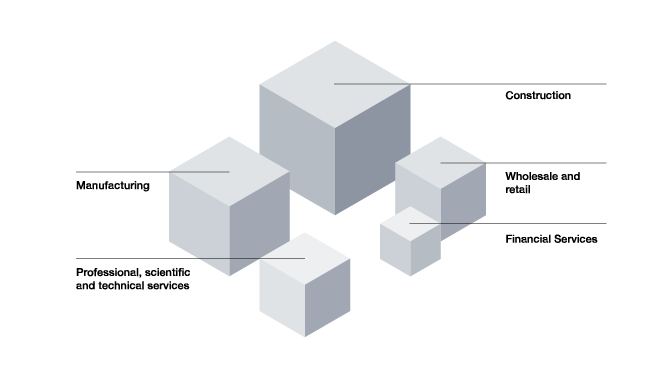

But global megatrends are rapidly changing what people need from the built environment, and how those needs can be met. Climate change is intensifying demand for resilient, efficient homes, factories and airports. Urbanisation is putting more pressure on housing and infrastructure. AI promises to lift architects’ and builders’ productivity. Firms are responding with efforts to build more, and to do so faster and better than ever through alliances, partnerships and new ventures. This industry reconfiguration is giving rise to a domain of economic growth centred on how we build.
The Dutch construction industry: foundation for progress
The construction sector in the Netherlands stands at the frontline of societal change. From the housing crisis to climate adaptation, from infrastructure renewal to defence reinforcement – construction determines what our future looks like. Especially now, with an ageing population and a shortage of technical talent, this is the moment to fundamentally renew the sector.
That renewal has already begun. Dutch construction companies are ready to embrace technology on a large scale. Industrialisation, AI and robotics are changing the way we build. At the same time, the sustainability transition offers abundant opportunities. Think of climate-resilient waterworks and smart energy grids: frontrunners are investing now in solutions that will make the difference tomorrow.
Circularity and bio-based materials are not pie in the sky, but reality. Dutch builders are developing groundbreaking applications that respond to the scarcity of raw materials. In this way, they are building a sector that is not only robust, but also sustainable and future-proof.

'Construction is transforming from a traditional sector into a technological pioneer – industrialisation, AI and robotics are creating unprecedented opportunities for productivity growth and sustainable impact.'
Capturing the value in the decade ahead
Businesses that grasp the full potential of the Build domain will have the edge in 2035.
The extent of that growth will depend on how megatrends play out.
To obtain a quantitative picture of what the Build domain might look like in 2035, we modelled the potential global economic impact of two of the most pressing megatrends: technological disruption (specifically disruption from AI) and climate change. The result is three divergent scenarios, corresponding to a range of outcomes, from a low of $13.51 trillion to a high of $14.17 trillion.

Sizing the Build opportunity
The nature and scale of the new business opportunities that emerge in the Build domain will depend on how AI adoption and climate action progress. Your strategy should account for a range of possible outcomes. Three scenarios can help leaders in the Build domain consider what the future might bring.
Learn more about the three divergent tomorrows
To reinvent for multiple tomorrows, take action today
The process of reinvention needs to start now, with a focus on priorities that respond to the reconfiguration that’s already underway. This means driving hard towards a set of innovation imperatives, securing competitive advantages in areas such as technology and trust, and turning obstacles such as climate threats into enablers of growth.
How to win in the Build domain
Explore all new domains
Select from the nine domains below to learn how they are forming, the size of the opportunity and how to seize the value in motion.
Contact us



